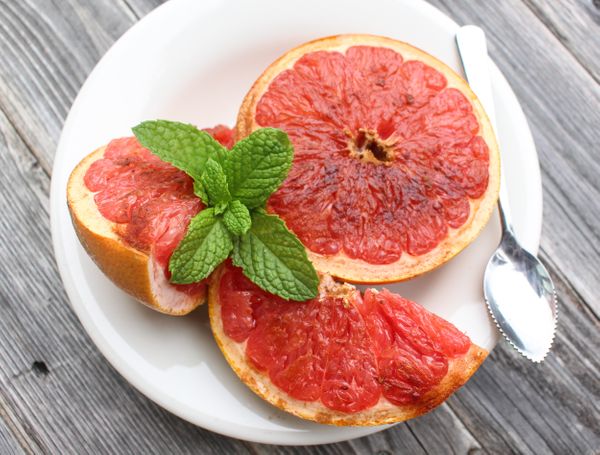Fruit trees as well as many shrubs and vines go dormant in the winter. Because they are not growing, they experience less transplant and pruning shock, making winter the best time of year to plant, transplant and prune fruit trees, shrubs and vines.
If you are just getting started with fruit tree growing, there are a few things to consider. Fruit trees need deep, well amended soil, adequate moisture, and mulch dressing to conserve moisture. You can expect to water newly planted trees weekly for up to two years when the tree is not getting adequate rain water. Also remember that each variety of fruit tree has a “chilling hours” requirement. This means that, in order to produce viable yields, a tree needs a certain number of hours of temperatures below 45 degrees and above 32 degrees Fahrenheit.
There are lots of varieties of fruit that grow well in Central Texas. Types and examples of varieties of fruit trees that do well here are:
- Apples – Gala, Fuji, and Yellow Delicious. Two different varieties are needed for cross-pollination to ensure fruit production.
- Peaches – June Gold, Redskin, Red Baron. Only one tree is needed but check chilling hours.
- Pears – Orient. Only one tree is necessary, but two trees will ensure more fruit.
- Plums – Methley, Santa Rosa. Plant one or more trees.
- Citrus – Satsuma varieties.
- Figs – Alma, Brown Turkey.
If you already have fruit trees in your garden, make sure to prune them properly. Pruning ensures that trees maintain a solid structure as they grow, reducing the chance of broken limbs. It also helps the plant produce better fruit and conserve its strength, ensuring a longer, healthier life. Other reasons to prune fruit trees include:
- To train a plant to grow into a good shape and be strong enough to hold up its fruit load.
- To keep it at a manageable size.
- To remove broken branches or those with damage or infection.
- To thin out limbs so that the harvestable fruit will be larger. This will result in smaller number of fruit, but larger size of fruit and greater total yield.
- To remove any crossed limbs.
To open up the tree or bush so that sunlight can reach the inner branches, which helps control disease by allowing more air circulation.
Because fruit trees lose all or most of their leaves in the winter, pruning at this time makes it easy for you to see the structure and shape of the tree without leaves disguising it. In Central Texas, it is possible to prune all winter long, but make sure to prune before new growth begins or buds begin to swell. It is also best not to prune right before a frost. After planting and pruning trees, be sure to provide adequate moisture to the roots, and in January, spray trees with dormant horticultural oil like neem to protect against plum curculio and other insects.
There is no one right way to prune; rather, there are multiple approaches and techniques depending on what type of tree or bush you have.
Citrus trees are starting to share their bounty, and what better way to celebrate the change in season than with a recipe! Enjoy Baked Grapefruit as breakfast or a snack. Or as a healthy alternative to all of the delectable treats this time of year.
Baked Grapefruit
- 2 large grapefruits, cut in half
- 4 teaspoons honey
- ¼ teaspoon ground cinnamon
Preheat oven to 300°F. Place grapefruits on a baking sheet, cut side up. Sprinkle cinnamon over the grapefruit halves. Pour one teaspoon of honey over each half. Put the grapefruit in the oven and bake for 10 minutes. Turn the oven temperature to “broil” and broil the grapefruit for two minutes.
Serve immediately.

